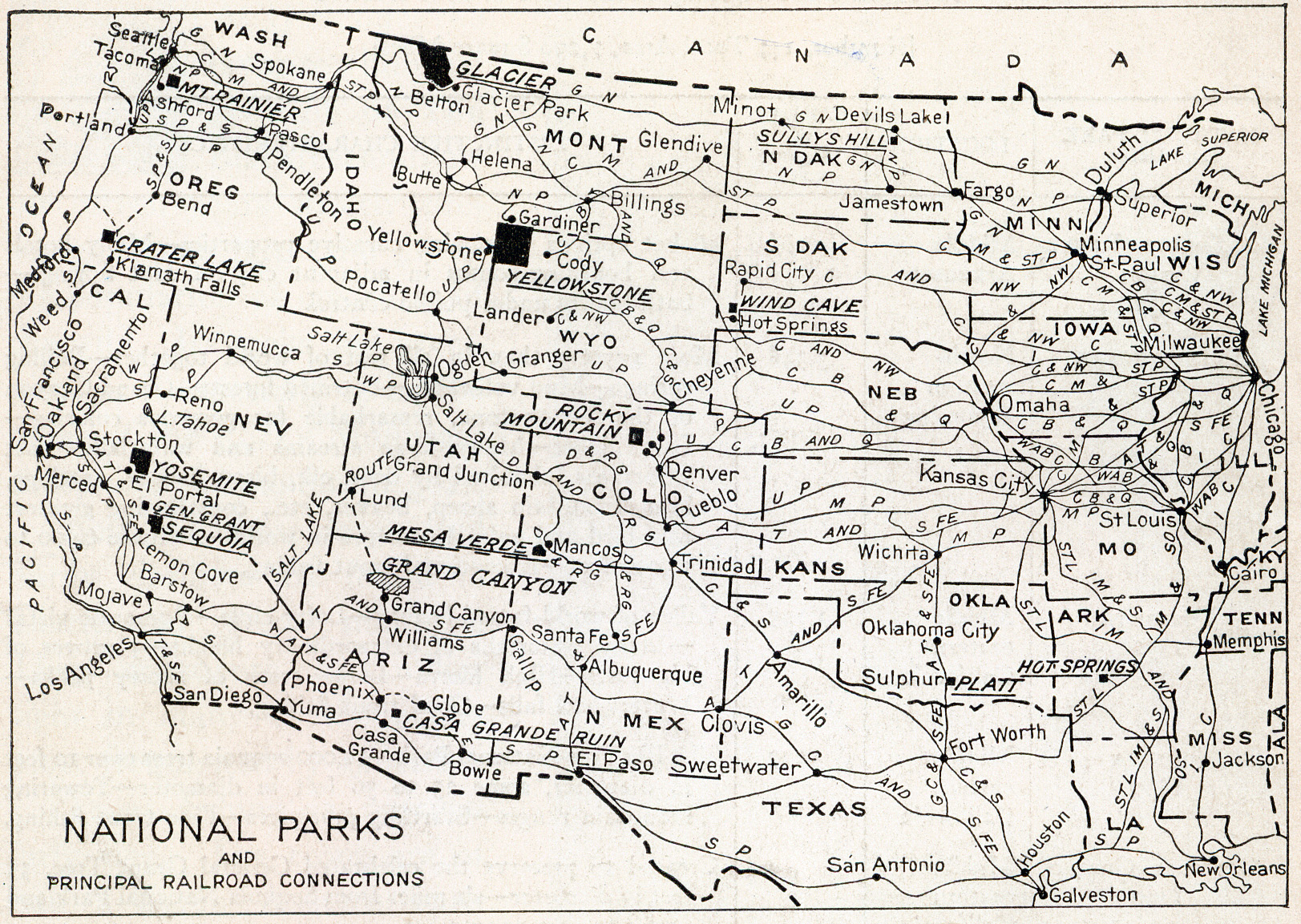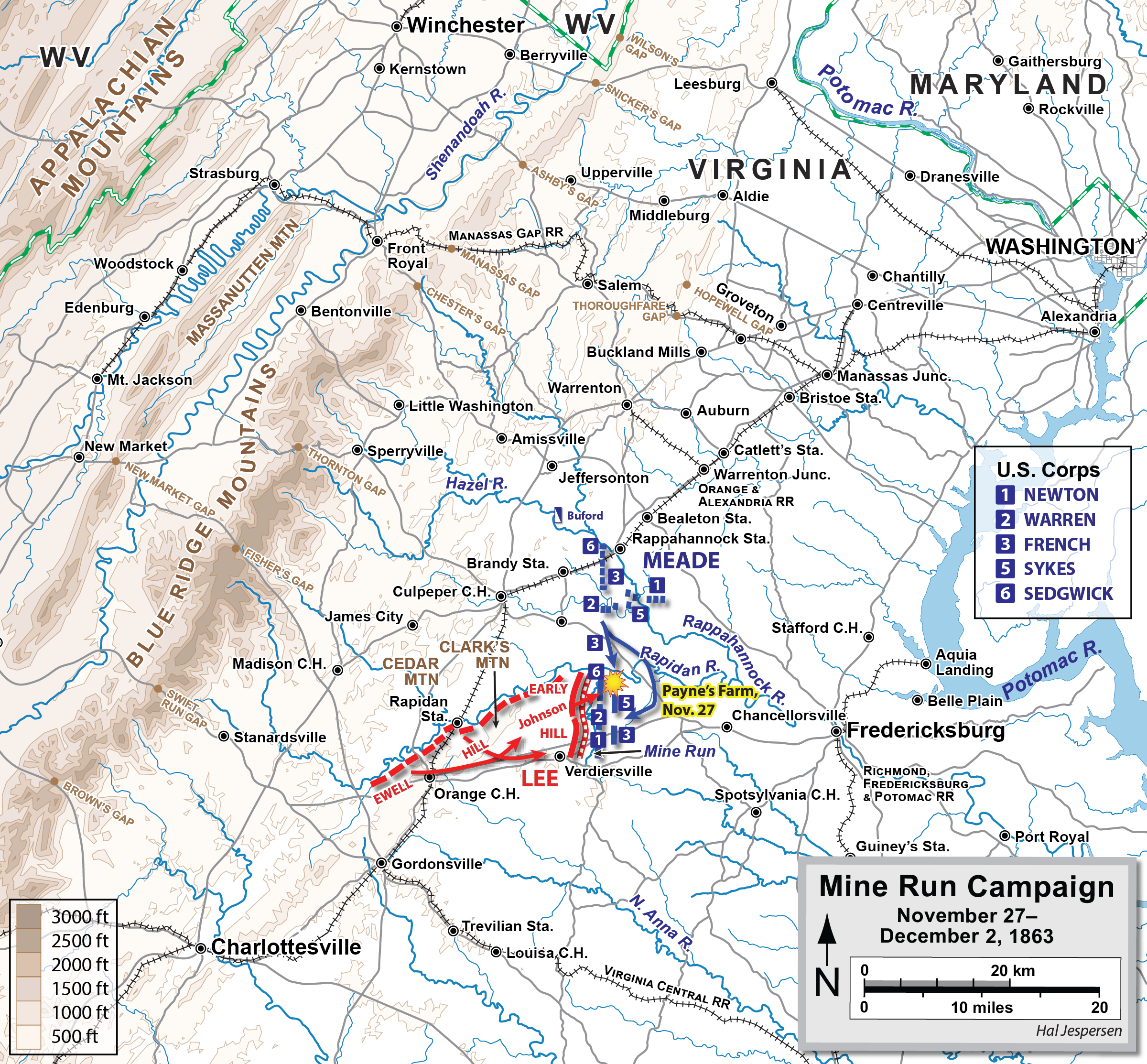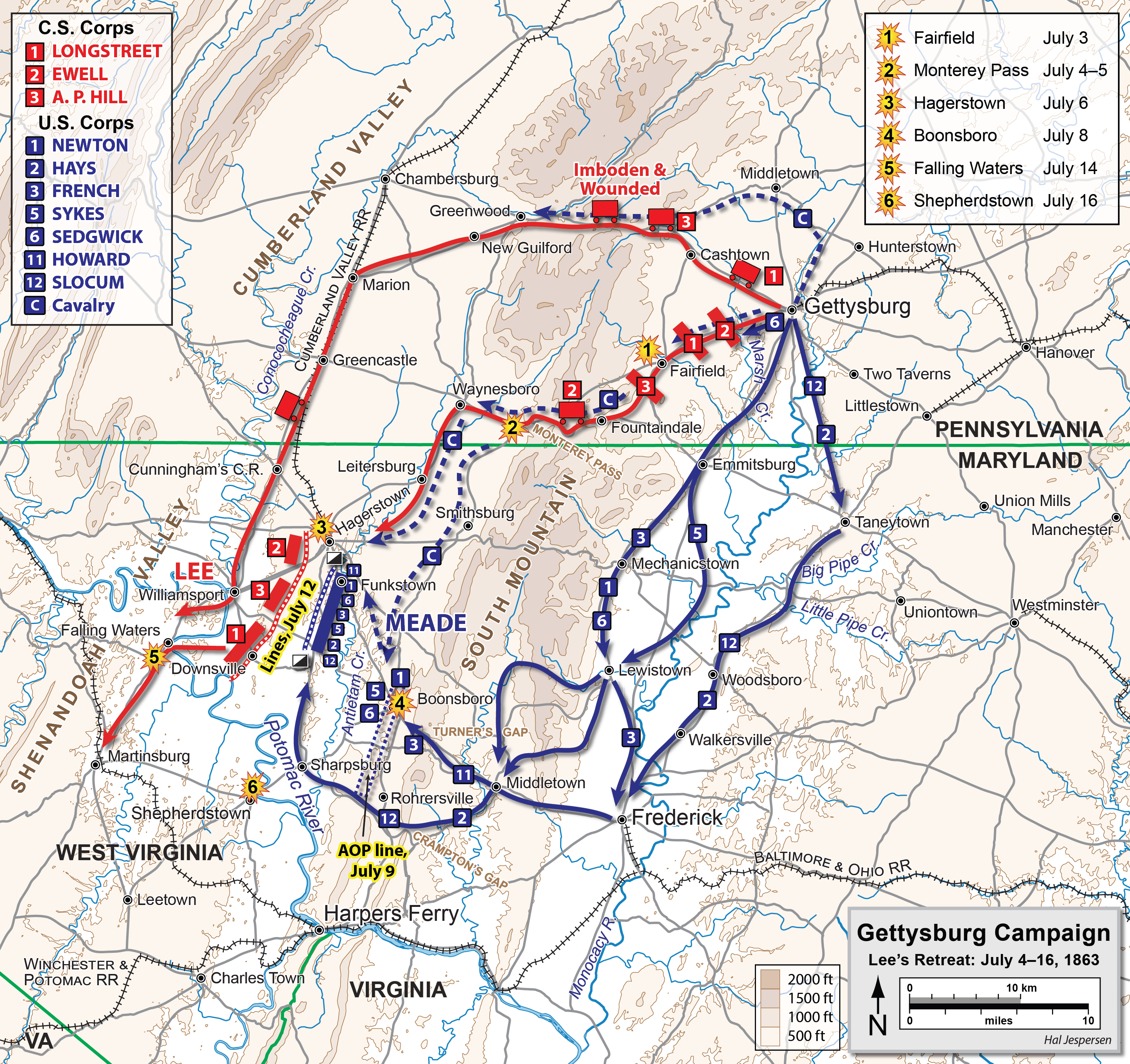|
5th Michigan Cavalry
The 5th Michigan Cavalry Regiment was a cavalry regiment that served in the Union Army during the American Civil War. It was a part of the famed Michigan Brigade, commanded for a time by Brigadier General (United States), Brigadier General George Armstrong Custer. Service Organized in Detroit, Michigan, the 5th Michigan Cavalry was mustered into service on August 30, 1862, and left for Washington, D.C., on December 4 of that year. The regiment served in the Washington, D.C. in the American Civil War, defenses of the capital until June 1863, when it joined the Cavalry Corps (Union Army), Cavalry Corps of the Army of the Potomac. Over the next month, the 5th Michigan Cavalry took part in several major battles, including the Battle of Hanover on June 30, the Battle of Gettysburg from July 1 to July 3, and the Battle of Williamsport from July 6 to July 14. The regiment then participated in a series of smaller engagements followed by the Battle of Mine Run from November 26 to December ... [...More Info...] [...Related Items...] OR: [Wikipedia] [Google] [Baidu] |
Union (American Civil War)
The Union was the central government of the United States during the American Civil War. Its civilian and military forces resisted the Confederate State of America, Confederacy's attempt to Secession in the United States, secede following the 1860 United States presidential election, election of Abraham Lincoln as president of the United States. Presidency of Abraham Lincoln, Lincoln's administration asserted the permanency of the federal government of the United States, federal government and the continuity of the Constitution of the United States, United States Constitution. Nineteenth-century Americans commonly used the term Union to mean either the federal government of the United States or the unity of the states within the Federalism in the United States, federal constitutional framework. The Union can also refer to the people or territory of the states that remained loyal to the national government during the war. The loyal states are also known as the North, although fou ... [...More Info...] [...Related Items...] OR: [Wikipedia] [Google] [Baidu] |
Michigan Brigade
The Michigan Brigade, sometimes called the Wolverines, the Michigan Cavalry Brigade or Custer's Brigade, was a brigade of cavalry in the volunteer Union Army during the later half of the American Civil War. Composed primarily of the 1st Michigan Cavalry, 5th Michigan Cavalry, 6th Michigan Cavalry and 7th Michigan Cavalry, the Michigan Brigade fought in every major campaign of the Army of the Potomac from the Battle of Gettysburg in July 1863 to the Confederate surrender at Appomattox Court House in April 1865. The brigade first gained fame during the Gettysburg Campaign under the command of youthful Brigadier General George Armstrong Custer. After the war, several men associated with the brigade joined the 7th U.S. Cavalry Regiment and later fought again under Custer in the Old West frontier. Service record Organization and the Gettysburg Campaign The Michigan Cavalry Brigade was created on December 12, 1862, at Washington, D.C. It originally consisted of the 5th, 6th and ... [...More Info...] [...Related Items...] OR: [Wikipedia] [Google] [Baidu] |
Battle Of Cold Harbor
The Battle of Cold Harbor was fought during the American Civil War near Mechanicsville, Virginia, from May 31 to June 12, 1864, with the most significant fighting occurring on June 3. It was one of the final battles of Union Lt. Gen. Ulysses S. Grant's Overland Campaign, and is remembered as one of American history's most lopsided battles. Thousands of Union soldiers were killed or wounded in the frontal assault of June 3 against the fortified positions of Confederate Gen. Robert E. Lee's army—an action that intensified criticism of Grant's perceived indifference to heavy casualties. On May 31, as Grant's army once again swung around the right flank of Lee's army, Union cavalry seized the crossroads of Old Cold Harbor, about 10 miles northeast of the Confederate capital of Richmond, Virginia, holding it against Confederate attacks until the Union infantry arrived. Both Grant and Lee, whose armies had suffered enormous casualties in the Overland Campaign, received reinforc ... [...More Info...] [...Related Items...] OR: [Wikipedia] [Google] [Baidu] |
Battle Of Totopotomoy Creek
The Battle of Totopotomoy Creek , also called the Battle of Bethesda Church, Crumps Creek, Shady Grove Road, and Hanovertown, was fought in Hanover County, Virginia on May 28–30, 1864, as part of Union Lt. Gen. Ulysses Grant's Overland Campaign against Confederate Gen. Robert E. Lee's Army of Northern Virginia. As Grant continued his attempts to maneuver around Lee's right flank and lure him into a general battle in the open, Lee saw an opportunity to attack the advancing V Corps, under Maj. Gen. Gouverneur K. Warren with the Second Corps of Lt. Gen. Jubal Early. Early's divisions under Maj. Gens. Robert E. Rodes and Stephen Dodson Ramseur drove the Union troops back to Shady Grove Road, but Ramseur's advance was stopped by a fierce stand of infantry and artillery fire. Grant ordered his other corps commanders to conduct a supporting attack along the entire Confederate line, which was entrenched behind Totopotomoy Creek, but only the II Corps of Maj. Gen. Winfiel ... [...More Info...] [...Related Items...] OR: [Wikipedia] [Google] [Baidu] |
Overland Campaign
The Overland Campaign, also known as Grant's Overland Campaign and the Wilderness Campaign, was a series of battles fought in Virginia during May and June 1864, towards the end of the American Civil War. Lieutenant general (United States), Lt. Gen. Ulysses S. Grant, general-in-chief of all Union Army, Union armies, directed the actions of the Army of the Potomac, commanded by Major general (United States), Maj. Gen. George G. Meade, and other forces against Confederate States Army, Confederate General (CSA), Gen. Robert E. Lee's Army of Northern Virginia. Although Grant suffered severe losses during the campaign, it was a strategic Union victory. It inflicted proportionately higher losses on Lee's army and maneuvered it into a siege at Richmond in the American Civil War, Richmond and Petersburg, Virginia, in just over eight weeks. Crossing the Rapidan River on May 4, 1864, Grant sought to defeat Lee's army by quickly placing his forces between Lee and Richmond and inviting an ope ... [...More Info...] [...Related Items...] OR: [Wikipedia] [Google] [Baidu] |
Battle Of Morton's Ford
A battle is an occurrence of combat in warfare between opposing military units of any number or size. A war usually consists of multiple battles. In general, a battle is a military engagement that is well defined in duration, area, and force commitment. An engagement with only limited commitment between the forces and without decisive results is sometimes called a skirmish. The word "battle" can also be used infrequently to refer to an entire operational campaign, although this usage greatly diverges from its conventional or customary meaning. Generally, the word "battle" is used for such campaigns if referring to a protracted combat encounter in which either one or both of the combatants had the same methods, resources, and strategic objectives throughout the encounter. Some prominent examples of this would be the Battle of the Atlantic, Battle of Britain, and the Battle of France, all in World War II. Wars and military campaigns are guided by military strategy, whereas batt ... [...More Info...] [...Related Items...] OR: [Wikipedia] [Google] [Baidu] |
National Park Service
The National Park Service (NPS) is an List of federal agencies in the United States, agency of the Federal government of the United States, United States federal government, within the US Department of the Interior. The service manages all List of national parks of the United States, national parks; most National monument (United States), national monuments; and other natural, historical, and recreational properties, with various title designations. The United States Congress created the agency on August 25, 1916, through the National Park Service Organic Act. Its headquarters is in Washington, D.C., within the main headquarters of the Department of the Interior. The NPS employs about 20,000 people in units covering over in List of states and territories of the United States, all 50 states, the District of Columbia, and Territories of the United States, US territories. In 2019, the service had more than 279,000 volunteers. The agency is charged with preserving the ecological a ... [...More Info...] [...Related Items...] OR: [Wikipedia] [Google] [Baidu] |
Battle Of Mine Run
The Battle of Mine Run, also known as Payne's Farm, or New Hope Church, or the Mine Run campaign (November 27 – December 2, 1863), was conducted in Orange County, Virginia, in the American Civil War. An unsuccessful attempt of the Union Army of the Potomac to defeat the Confederate Army of Northern Virginia, it was marked by false starts and low casualties and ended hostilities in the Eastern Theater for the year. Background After the Battle of Gettysburg in July, Confederate Gen. Robert E. Lee and his command retreated back across the Potomac River into Virginia. Union commander Maj. Gen. George G. Meade was widely criticized for failing to pursue aggressively and defeat Lee's army. Meade planned new offensives in Virginia for the fall. His first attempt was a series of inconclusive duels and maneuvers in October and November known as the Bristoe campaign. In late November, Meade attempted to steal a march through the Wilderness of Spotsylvania and strike th ... [...More Info...] [...Related Items...] OR: [Wikipedia] [Google] [Baidu] |
Battle Of Williamsport
The Battle of Williamsport, also known as the Battle of Hagerstown or Falling Waters, took place from July 6 to July 16, 1863, in Washington County, Maryland, as part of the Gettysburg Campaign of the American Civil War. It is not to be confused with the fighting at Hoke's Run which was also known as the Battle of Falling Waters. During the night of July 4–July 5, Gen. Robert E. Lee's battered Confederate army began its retreat from Gettysburg, moving southwest on the Fairfield Road toward Hagerstown and Williamsport, screened by Maj. Gen. J.E.B. Stuart's cavalry. The Union infantry followed cautiously the next day, converging on Middletown, Maryland. By July 7, Brig. Gen. John D. Imboden stopped Brig. Gen. John Buford's Union cavalry from occupying Williamsport and destroying Confederate trains. On July 6, Brig. Gen. Judson Kilpatrick's cavalry division drove two Confederate cavalry brigades through Hagerstown before being forced to retire by the arrival of the rest ... [...More Info...] [...Related Items...] OR: [Wikipedia] [Google] [Baidu] |
Battle Of Hanover
The Battle of Hanover took place on June 30, 1863, in Hanover in southwestern York County, Pennsylvania, as part of the Gettysburg Campaign of the American Civil War. Maj. Gen. J.E.B. Stuart's Confederate cavalry, which was riding north to get around the Union Army of the Potomac, attacked a Federal cavalry regiment, driving it through the streets of Hanover. Brig. Gen. Elon Farnsworth's brigade arrived and counterattacked, routing the Confederate vanguard and nearly capturing Stuart himself. Stuart soon counterattacked. Reinforced by Brig. Gen. George A. Custer's Michigan Brigade, Farnsworth held his ground, and a stalemate ensued. Stuart was forced to continue north and east to get around the Union cavalry, further delaying his attempt to rejoin Robert E. Lee's army, which was then concentrating at Cashtown Gap west of Gettysburg. Background As Robert E. Lee moved his Army of Northern Virginia northward in June 1863 through the Shenandoah Valley toward Pennsylvania, ... [...More Info...] [...Related Items...] OR: [Wikipedia] [Google] [Baidu] |
Army Of The Potomac
The Army of the Potomac was the primary field army of the Union army in the Eastern Theater of the American Civil War. It was created in July 1861 shortly after the First Battle of Bull Run and was disbanded in June 1865 following the Battle of Appomattox Court House, surrender of the Confederate Army, Confederate Army of Northern Virginia in April. History The Army of the Potomac was founded in 1861. It initially was only the size of a corps relative to the size of Union armies later in the American Civil War, Civil War. Its nucleus was called the Army of Northeastern Virginia led by Brigadier general (United States), Brig. Gen. Irvin McDowell. It fought and lost the Civil War's first major battle, the First Battle of Bull Run. The arrival in Washington, D.C., of Major general (United States), Maj. Gen. George B. McClellan dramatically changed the makeup of that army. McClellan's original assignment was to command the Division of the Potomac, which included the Department of ... [...More Info...] [...Related Items...] OR: [Wikipedia] [Google] [Baidu] |








